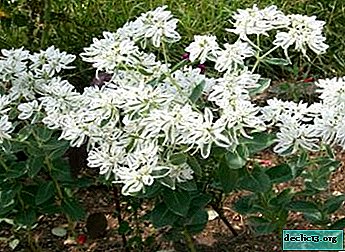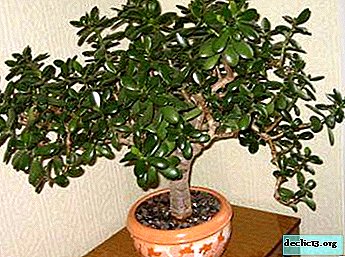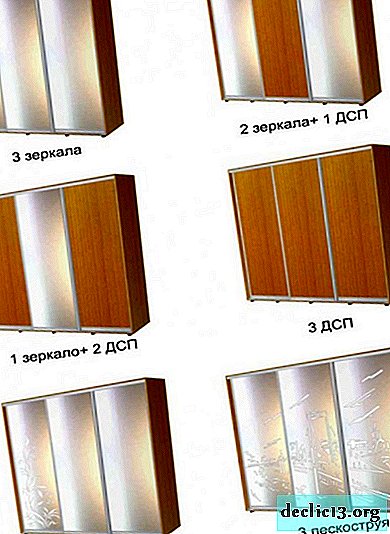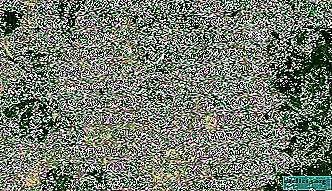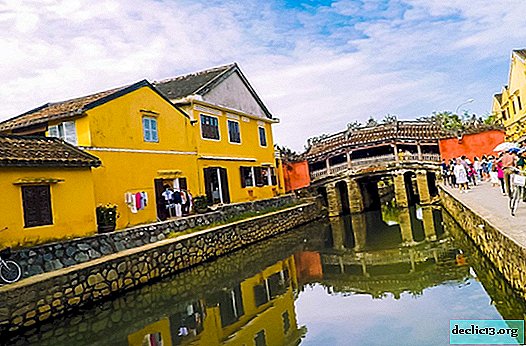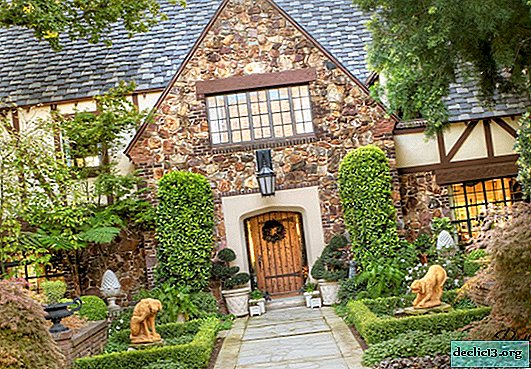What are the differences between ripsalidopsis and Schlumbergera and how do these plants look in the photo?

Not all cacti have thorns. There are among them leafy ones, which are called succulents. These are sansevieria, fat girl, zygocactus (Schlumbergera) and ripsalidopsis. They can be found in almost every house, because for their qualities they are popular among cactus growers. The most beautiful of them are blooming - Schlumbergera and Ripsalidopsis, which are often confused. In this article, we will find out why these two plants are confused, about the differences between ripsalidopsis and Schlumbergera, about the general qualities of two succulents, about caring for plants, and also look at the photos of each flower.
Why are these two plants confused?
Schlumberger and ripsalidopsis are often confused, although they relate to different types of succulents. Both of these plants are natives of the tropical forests of Latin America and apparently they can hardly be distinguished from each other. Leaves with small segments up to 2 cm long form a sprawling small bush. Red and pink flowers bloom at the ends of the twigs.
Both of these succulents are called epiphytic cacti, since in nature they live on the branches of trees, using them as a support.
What is the difference between the Decembrist and his imaginary relative?
Name, homeland of growth and history of discovery
 In 1958, Charles Lehmer one of the cactus genus was named Schlumberger in honor of the cactus collector from France Frederick Schlumberger. This plant also has such names as zygocactus and Decembrist.
In 1958, Charles Lehmer one of the cactus genus was named Schlumberger in honor of the cactus collector from France Frederick Schlumberger. This plant also has such names as zygocactus and Decembrist.
In modern sources, the genus Ripsalidopsis does not exist and is considered a subspecies of the genus Hator (more about the popular varieties Ripsalidopsis read here). This genus got its name in honor of the traveler Thomas Herriot - one of the first explorers of Latin America and the name of the plant is an anagram of his last name.
Reference! In the literature, there is still such a definition of a flower as Hator Hartner or Ripsalidopsis Gartner.But the birthplace of growth in both plants coincides - these are the tropical forests of Latin America. However, Schlumbergera is a native of southeast Brazil, and ripsalidopsis is found not only in the southeast, but also in the central part of the continent.
Appearance in the photo
The stems of these succulents seem very similar only at first glance, in fact they differ from each other. In Schlumbergera, segments with sharp denticles along the edges, and in Ripsalidopsis, segments with rounded edgesand some with a reddish edging.
Flowers in plants are also different. The Decembrist has the flowers in the form of tubes, with petals twisting backwards and slightly beveled corollas. The easter egg produces buds-stars that have the correct shape with a symmetrical nimbus and, unlike the flowers of the Decembrist, exude a light aroma (you can find out how Ripsalidopsis blooms and for what reasons does bloom, here).
And so these two flowers look in the photo.
Schlumbergera:
Ripsalidopsis:
Bloom
The flowering time can be judged by the names of these plants. Rozhdestvennik (Schlumbergera) blooms in the winter - in December-January. And the Easter egg (ripsalidopsis) produces beautiful flowers in the spring - for Easter. In the Decembrist, the buds are laid and grow from the tops of the extreme segments. And at the Easter egg they grow not only from the tops, but also from the side segments.
Care
Plant care is identical, it differs only in that similar operations are carried out at different times of the year.
During the flowering period, ripsalidopsis love frequent watering and daily spraying or wiping segments with warm water, but before the buds appear. They reduce the frequency of watering and do not feed the plant only during the dormant period (from October to February). From February to March, just before laying the buds, dressing is performed 1-2 times a month, and watering is increased. For root and foliar top dressing, ready-made fertilizers for cacti containing nitrogen and humus are used.
Attention! You can not use organic fertilizers to feed the easter.Schlumberger is fed throughout the season with various mineral fertilizers, depending on the period of development. In the period of intensive growth (spring-autumn), the Decembrist can be pampered with complex fertilizer without nitrogen content.
To learn more about caring for ripsalidopsis at home and outdoors, click here.
What common?
There are times when the “tastes” of ripsalidopsis and Schlumberger coincide:
- both plants do not like direct sunlight;
- prefer plentiful watering (but without stagnation of water in the pan);
- love slightly acidic breathable soil;
- during the budding period, succulents must not be moved and placed near radiators.
What can not be done with both plants during flowering?
You can not touch and rearrange from place to place, and also to unfold a pot with a plant. Both Schlumbergera and Ripsalidopsis are very sensitive to changing the direction of lighting. Under any stress, plants can lose buds or already blossoming flowers. During flowering, succulents must be fed with mixtures for flowering plants.
Comparison table
| Shoots | Flowers | Rest period | Flowering period | Period of active growth | |
| Schlumbergera | segments with sharp teeth along the edges | tube-shaped, elongated, beveled | September-November, February-March | november-january | March-September |
| Ripsalidopsis | segments with rounded edges | star shaped camomile | september-january | march may | June August |
Useful video
To no longer confuse Schlumberger and Ripsalidopsis, watch the video:
Conclusion
Only by determining exactly which flower lives in the house - ripsalidopsis or Schlumberger, can he create optimal conditions for the growth, development and laying of buds and wait for the magnificent bright flowering that will decorate any house.

